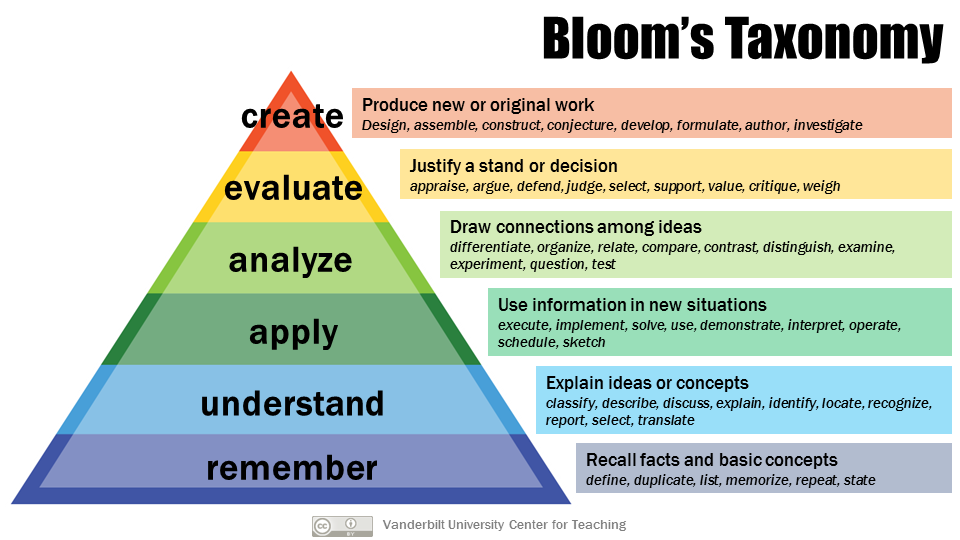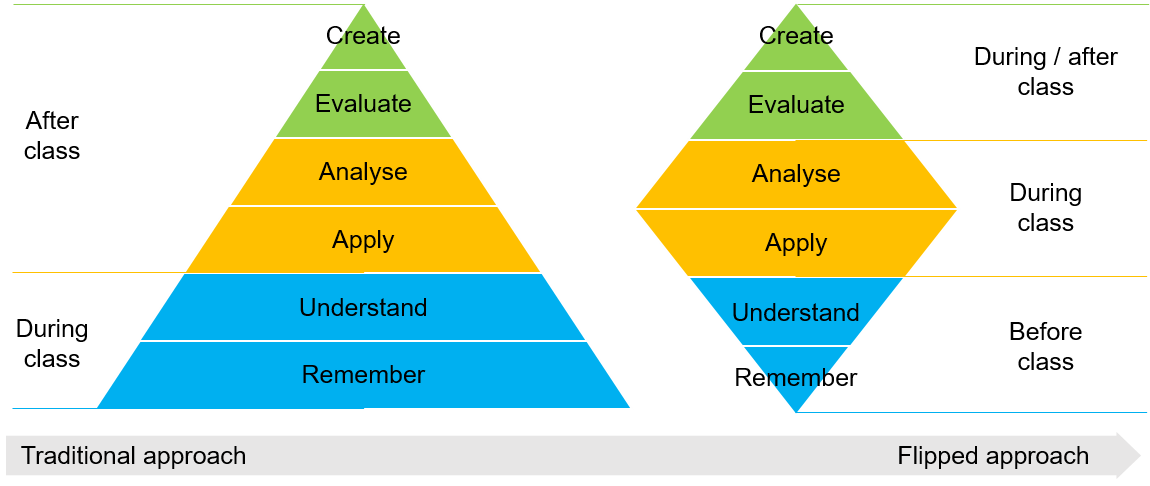Scaffolding learning and maximising engagement

Picture this: you’re teaching an important topic in biology. As part of this topic, your students are required to design an experiment to measure the amount of oxygen produced by a plant during photosynthesis. How would you support your students to comfortably and confidently complete this task? Instructing your students to dive straight into the design of the experiment throws them straight in at the deep end, often causing unnecessary frustration and anxiety. Conversely, providing them with detailed step-by-step micro-instructions can result in boredom and students may lose sight of the intrinsic value of the task (Wilson & Devereux, 2014). Either way, disproportionate scaffolding, or lack thereof, is unlikely to engage students and positively impact their learning. To maximise students’ engagement and better support them to complete cognitively-challenging tasks successfully, we need to scaffold their learning through the gradual sequencing and structuring of both in-class and out-of-class learning activities.
Scaffolding learning with Bloom’s taxonomy
Many educators will already be familiar with the key concepts in Bloom’s taxonomy, a useful tool that can also be leveraged to scaffold students’ learning.
Let’s revisit the photosynthesis experiment that students are expected to design.
To begin, identify the respective stages of the pyramid that correspond to a set of learning activities leading up to the major task. Next, check to see if the sequence of activities reflect a progression up the pyramid that challenges, yet supports students.
Here are some example activities that can be planned to gradually scaffold students’ learning according to the different stages of Bloom’s taxonomy:
- Remember: ‘Define’ photosynthesis in their own words based on a reading or video.
- Understand: ‘Explain’ what they understand to be the steps of photosynthesis.
- Apply: ‘Interpret’ the results of an experiment which measured oxygen levels during photosynthesis.
- Analyse: ‘Compare’ and ‘contrast’ results from an experiment of a different plant and make inferences as to what kind of plant could have been used.
- Evaluate: ‘Evaluate’ the method of the experiment – What was good about it? What was bad about it? What could have been done differently?
- Create: ‘Design’ their own experiment using all the knowledge they have gained from those structured activities that came beforehand.
Maximising engagement with flipped learning
To maximise engagement, learning activities should be scaffolded over time and in a way that ensures students are making meaningful use of class time. Facilitated by lectures as a dominant mode of delivery, most learning in class seems to be traditionally pegged at the “Remember” and “Understand” stages of Bloom’s taxonomy. This implies that the more cognitively-challenging learning activities take place outside of class with students being left on their own to participate in activities where they apply and analyse their understanding, evaluate their learning and create artefacts of their learning.
One useful strategy that you can use to scaffold learning and maximise engagement across time is through flipped learning. Flipped learning is a pedagogical approach in which direct instructional methods are moved from the classroom to outside the classroom. This frees up classroom time for more interactive and dynamic activities (FLIP Learning, 2014).
With flipped learning, more time can potentially be spent during class analysing and applying key ideas and concepts. This may include opportunities for learners to collaborate in groups to apply solutions to real-life situations, to analyse their own responses in relation to that of their peers and in the process, arrive at new insights and understanding. The teacher, as the “guide on the side” (King, 1993) is present to facilitate learning and provide advice to support students.
For further ideas to maximise student engagement with flipped learning and Bloom’s taxonomy, watch the Play Again video of a full webinar on this topic. To continue the conversation, contact Dr Lincoln Gomes, or share your thoughts and ideas about flipped learning via Yammer, Twitter and/or LinkedIn using the hashtag #flippedlearning.
References
- Bergmann, J. (2016). Reframing the flipped learning discussion. Retrieved from http://www.jonbergmann.com/reframing-the-flipped-learning-discussion/
- FLIP Learning. (2014). Definition of flipped learning. Retrieved from https://flippedlearning.org/definition-of-flipped-learning/
- King, A. (1993). From sage on the stage to guide on the side. College teaching, 41(1), 30-35.
- Vanderbilt University Center for Teaching. (2018). Bloom’s Taxonomy. Retrieved from https://cft.vanderbilt.edu/guides-sub-pages/blooms-taxonomy/
- Wilson, K. & Devereux, L. (2014). Scaffolding theory: High challenge, high support in Academic Language and Learning (ALL) contexts. Journal of Academic Language and Learning, 8(3), A91-A100.


